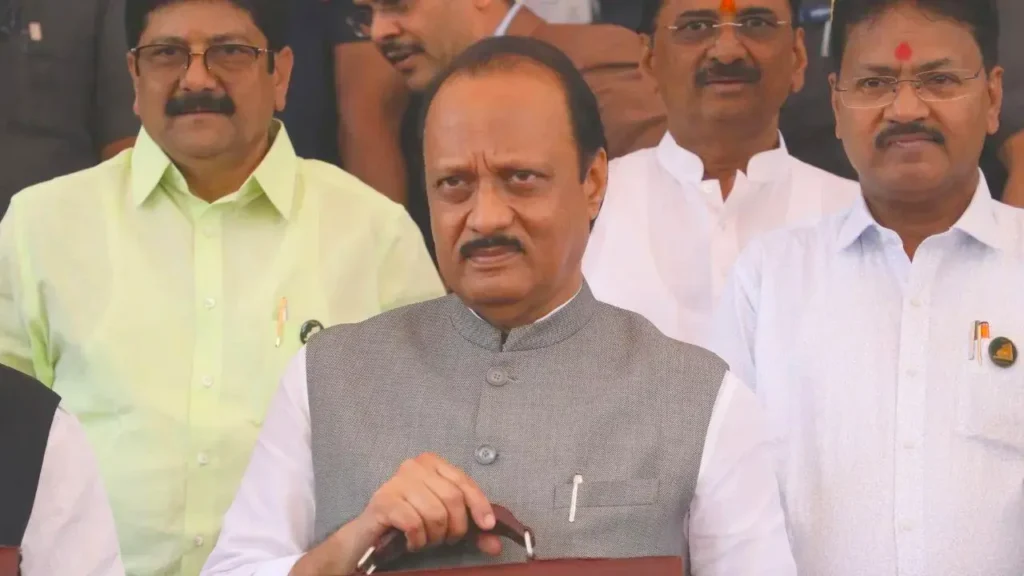Despite a populist interim budget, Maharashtra faces fiscal hurdles due to rising expenses, debt, and revenue gaps. Explore the intricacies of fiscal management in the state.
Budgetary Dilemma Amidst Election Preparations
Maharashtra’s Deputy Chief Minister Ajit Pawar unveiled an interim budget for 2024-25, aiming to appease various stakeholders ahead of the upcoming Lok Sabha elections. However, the state government confronts significant fiscal management challenges, characterized by a widening gap between revenue and expenditure, mounting expenses in key sectors, and escalating public debt.
Infrastructure Focus vs. Financial Constraints
While the budget prioritizes infrastructure development, the government grapples with limited resources to sustain capital expenditure essential for asset creation and economic growth. Despite ongoing infrastructure projects valued at Rs 8 lakh crore, primarily financed by state undertakings and debt, the state’s fiscal capacity to support future initiatives remains constrained.
Fiscal Deficit and Revenue Gap
Although the government boasts of maintaining fiscal and revenue deficits within statutory limits, the reality presents a bleaker picture. The projection of a revenue deficit of Rs 9,733.76 crore for 2024-25 contrasts starkly with the revised estimates of Rs 19,531.64 crore in 2023-24. Similarly, the fiscal deficit is projected at Rs 99,288.46 crore, significantly surpassing the budget estimate.
Escalating Administrative Expenditure
A significant portion of the state’s budgetary outlay is attributed to administrative expenses, particularly salaries, pensions, and interest payments. With salary outlays projected to increase by 11.43% and pension payments by 22.44%, the government faces mounting financial pressures exacerbated by commitments to old pension schemes.
Debt Burden and Revenue Generation Challenges
Maharashtra’s public debt, although within the 25% limit of Gross State Domestic Product (GSDP), poses a formidable challenge to fiscal sustainability. Despite rising government own tax revenue, including State Goods and Services Tax (SGST), stamp duty, and excise duty, the need for enhanced revenue generation looms large. The government must focus on curbing tax evasion and exploring avenues to bolster revenue streams.
Economic Growth Imperatives
Achieving Maharashtra’s ambitious target of a $1 trillion economy hinges on substantial capital investments, both public and private. However, the current growth trajectory falls short of the requisite 14-15% annual GSDP growth rate. While asset monetization initiatives have been contemplated, their implementation remains sluggish, underscoring the urgency for proactive economic reforms.
Path Forward for Fiscal Sustainability
To navigate the fiscal quagmire, Maharashtra must adopt a multi-pronged strategy encompassing prudent expenditure management, revenue augmentation measures, and accelerated capital investments. Addressing structural inefficiencies, enhancing tax compliance, and fostering an environment conducive to private sector participation are imperative for realizing the state’s economic potential.
Now You Can Follow Our Channel On WhatsApp!

